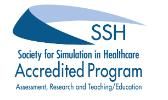/test01/test-t4-media/media/evms_public/departments/sentara_center_for_simulation__immersive_learning/SIM-hero-2000X1149px.jpg)
Sentara Center for Simulation and Immersive Learning at EVMS
Developing new ways to use technology to teach common medical procedures and providing a safe environment for students to practice and perfect their techniques.
Sentara Center for Simulation & Immersive Learning at EVMS
Explore Sentara Center for Simulation & Immersive Learning at EVMS

State-of-the-art facilities
At SCSIL, students benefit from a 21st-century learning environment complete with an immersive virtual environment, 26 clinical exam rooms, an observation suite, six group skills rooms for staging emergency or operating rooms and more.
Explore our facilities
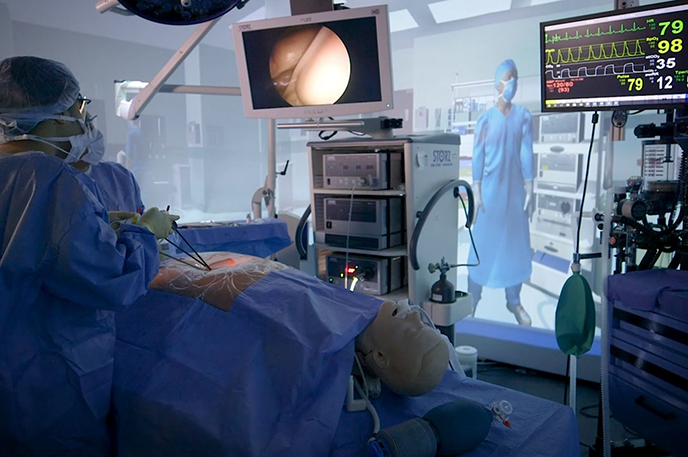
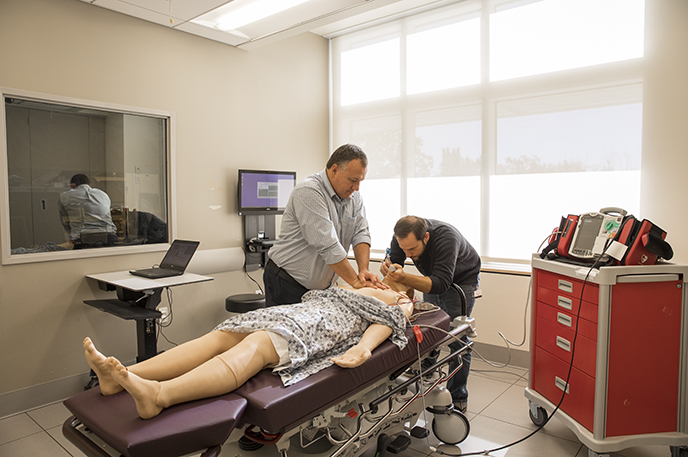
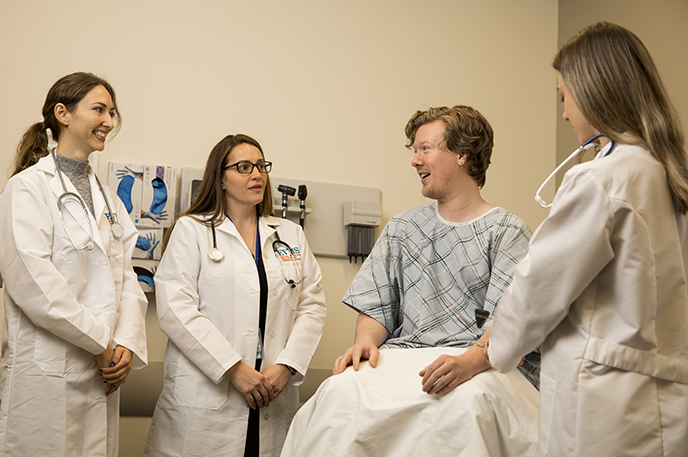
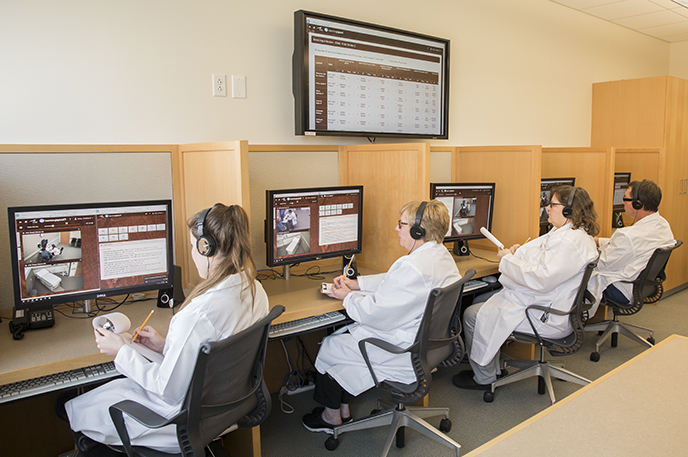


/test01/test-t4-media/media/evms_public/departments/sentara_center_for_simulation__immersive_learning/Sim-research-general-content.jpg)

